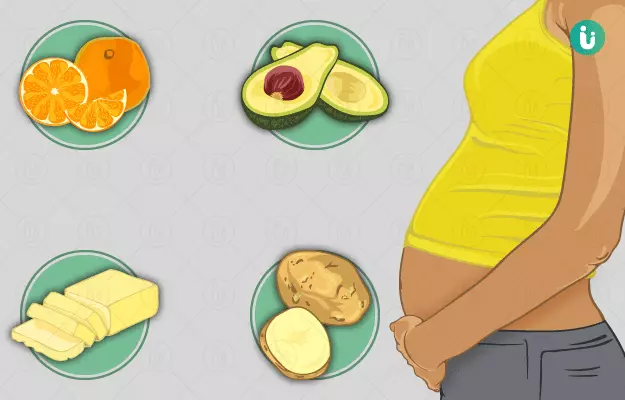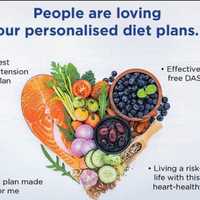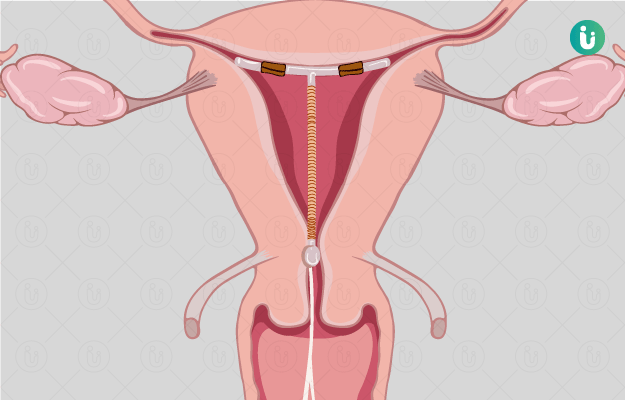|
Day of the week
|
Breakfast foods
|
Midday Snack
|
Lunch
|
Evening snack
|
Dinner
|
|
Monday
|
Whole wheat bread sandwich with tomato and cheese
Sweet lime juice
|
A medium sized guava
|
Cooked split red lentils ("masoor dal") and apple gourd ("tinda") with roti or parantha, as per your liking
|
"Sattu" drink made by dissolving 2 tsp of "sattu" powder in a glass of water
Corncob or "bhutta"
|
Gram flour dumplings in curry ("besan ke gatte") and cooked ridge gourd ("torai") with roti and rice.
|
|
Tuesday
|
Broken wheat Oatmeal (dalia) with "dal" and vegetables
A cup of tea
|
A small sapodilla ("chiku")
|
Cooked fenugreek leaves ("methi ka saag"), roasted papad, rice and chapati
|
Buttermilk or "lassi"
Peanuts
|
"Kadhi", Cumin-potato stir fry ("jeera aloo") with rice and chapatis
|
|
Wednesday
|
Green gram ("moong dal")
A glass of milk
|
A banana
|
Cooked amaranth ("chaulai ka saag"), curd, pearl millet ("bajra") and roti
|
Indian gooseberry juice ("amla juice")
Sprouted grains or green grams
|
Spinach and cottage cheese ("palak paneer"), sorghum ("jowar") roti, lotus stem ("kamal kakdi")
|
|
Thursday
|
"Besan (gram flour) cheela" with vegetables
Green/Raw mango drink ("Aam panna")
|
A large apple
|
Soybean
Pointed gourd ("parwal") with boiled potatoes
Cucumber with curd ("kheera raita")
Buckwheat ("kuttu") roti
|
Coconut water
Roasted black chickpeas ("chana")
|
Cooked chickpeas ("safed chhole")
Cooked radish
Pomegranate with curd ("anar raita")
Rice and roti
|
|
Friday
|
Flattened rice ("poha") with vegetables
Apple juice
|
Few slices of watermelon
|
Cooked raw banana
Vegetable Kofta
Cooked turnip ("shalgam ka saag")
Mint with curd ("pudina ka raita")
Sorghum ("jowar") roti
|
Lemonade
Handful of nuts
|
Cooked pumpkin ("kaddu")
Cooked potatoes and peas ("aloo matar")
Deep fried bread ("poori")
|
|
Saturday
|
Whole wheat sandwich stuffed with mushroom
A glass of milk
|
A large mango
A few slices of papaya
|
Cooked mustard greens ("sarson ka saag")
Curd with jaggery ("gur")
Cumin rice
Missi roti
|
Pomegranate juice
Sweet potato ("shakarkand") chaat
|
Cooked mixed lentils
Cooked green beans
Pearl millet ("bajra") roti
Cooked peas with rice ("matar pulav")
|
|
Sunday
|
Semolina pancake ("sooji ka cheela") with vegetables
Buttermilk
|
Grapes or pear
|
Kidney beans ("rajma")
Bitter gourd
Curd
Cumin rice and roti
|
Jaljeera drink
Dhokla (made by gram flour)
|
Cooked jackfruit ("kathal")
Cooked beetroot ("chukandar")
Rice and roti
|
X














































